A new material helps robots analyze and navigate their environments by scanning codes invisible to the human eye.
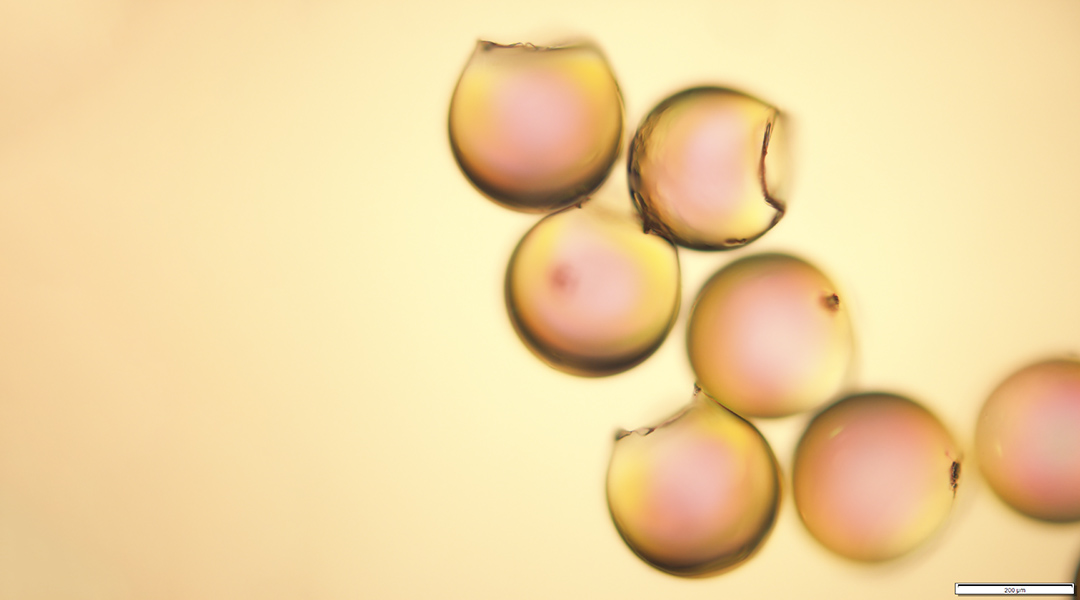

A new material helps robots analyze and navigate their environments by scanning codes invisible to the human eye.
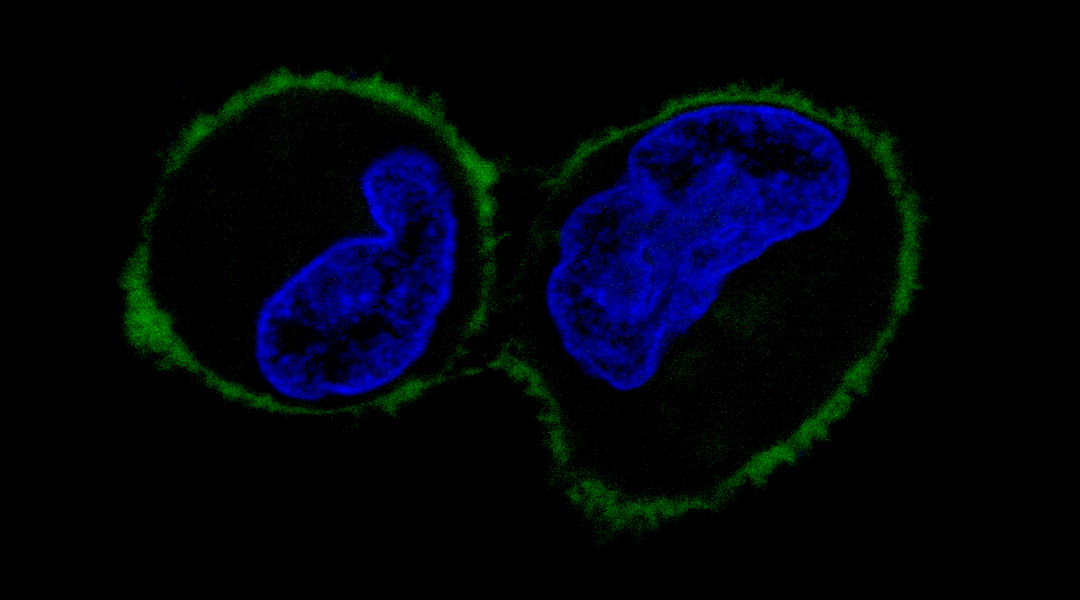
Polypeptides that selectively induce calcification of cancer cells could improve early detection and limit the progression of lung cancer.
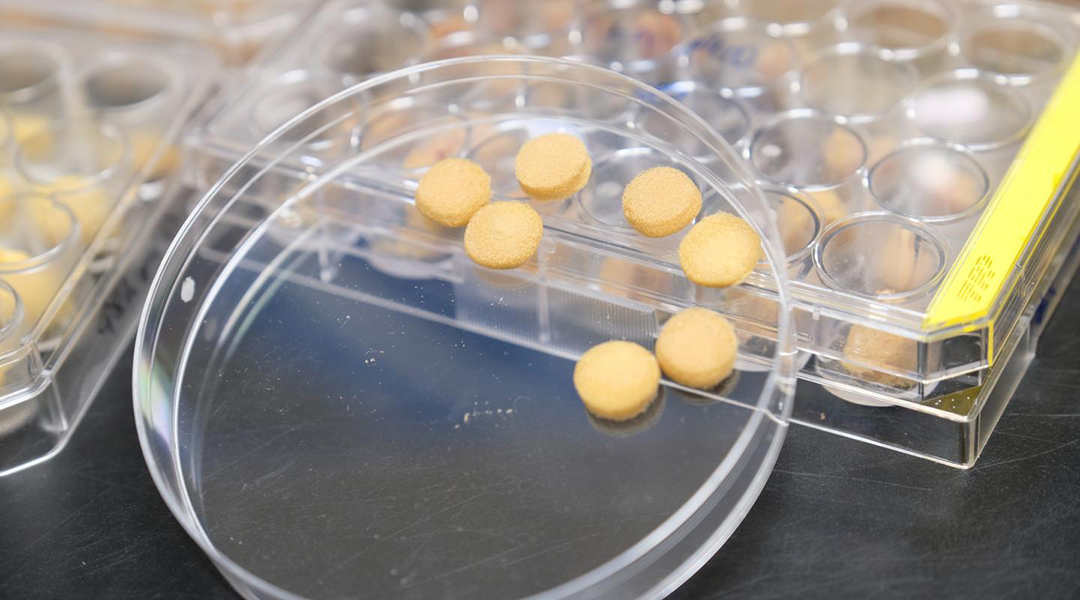
This pollen sponge can absorb oil contaminants, such as gasoline and motor oil, at a rate comparable to commercial oil absorbents
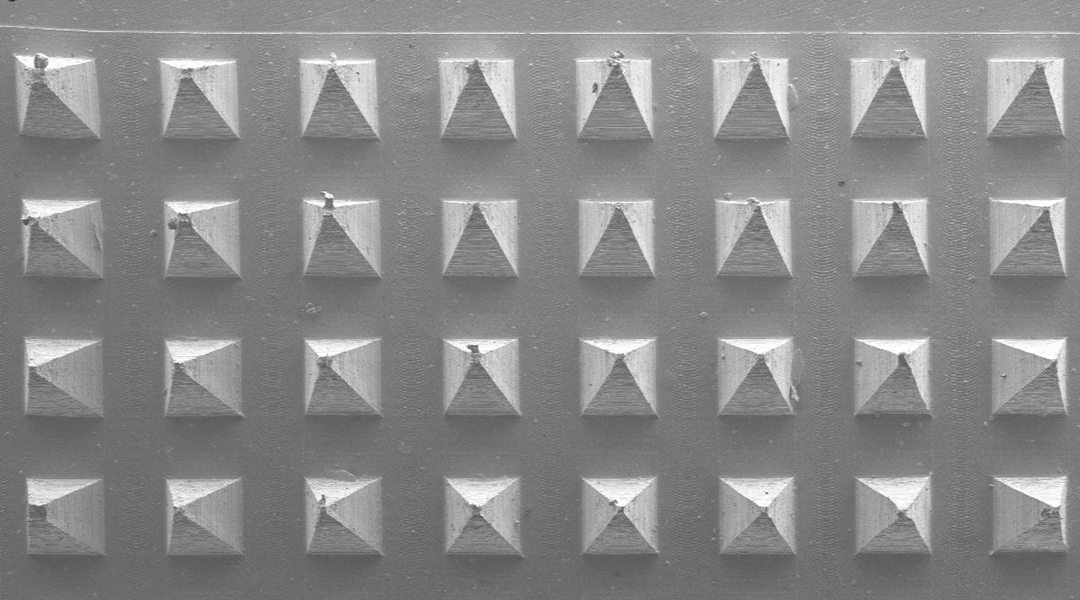
Minimally invasive delivery of capsaicin into adipose tissues under the skin shows promise for countering obesity.
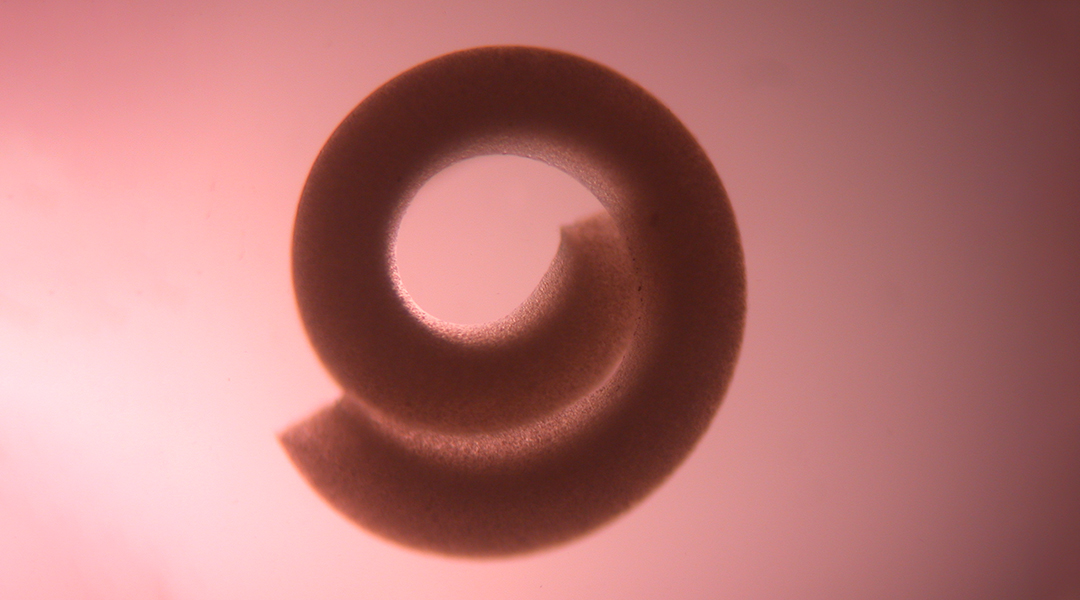
A new hydrogel can incorporate high cell density constructs to better mimic the rearrangement of native tissue in bioengineering.
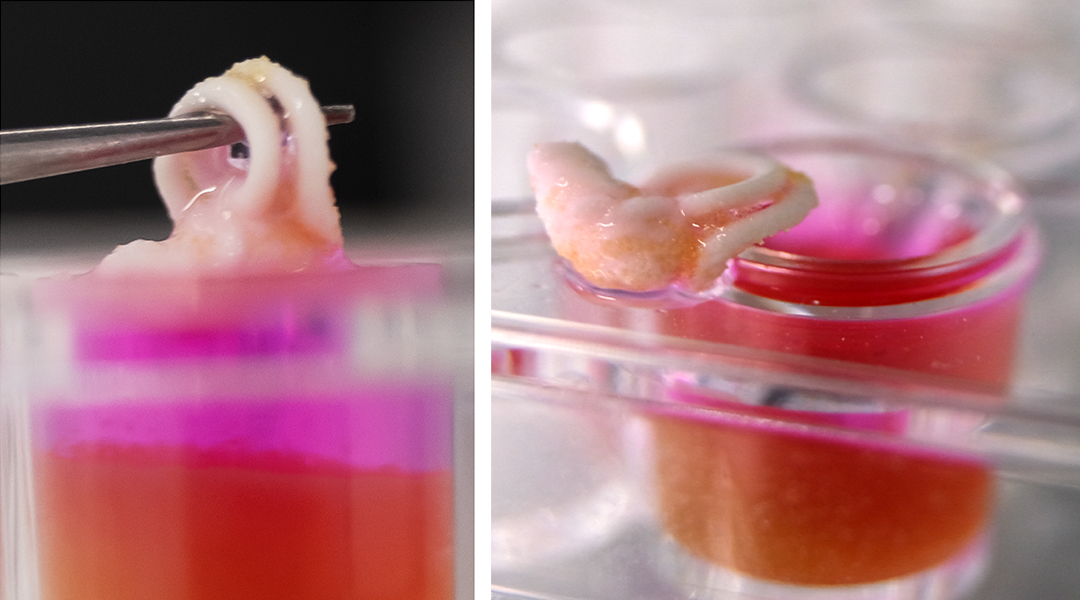
Researchers develop a new strategy to 3D print bone-mimicking structures at room temperature incorporating live, bone-forming cells.

Bacteria controlled by magnets could one day deliver medicine directly to the cells that need it.
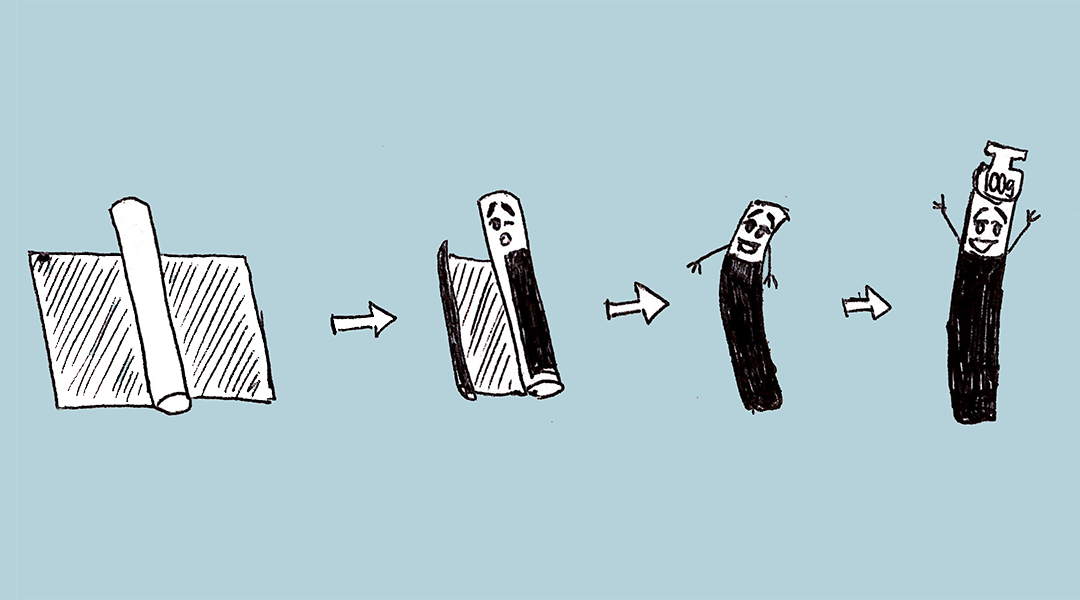
An active polymer skin that can be be reshaped on-demand takes existing technologies and adapts their functionalities to the needs of a changing environment.
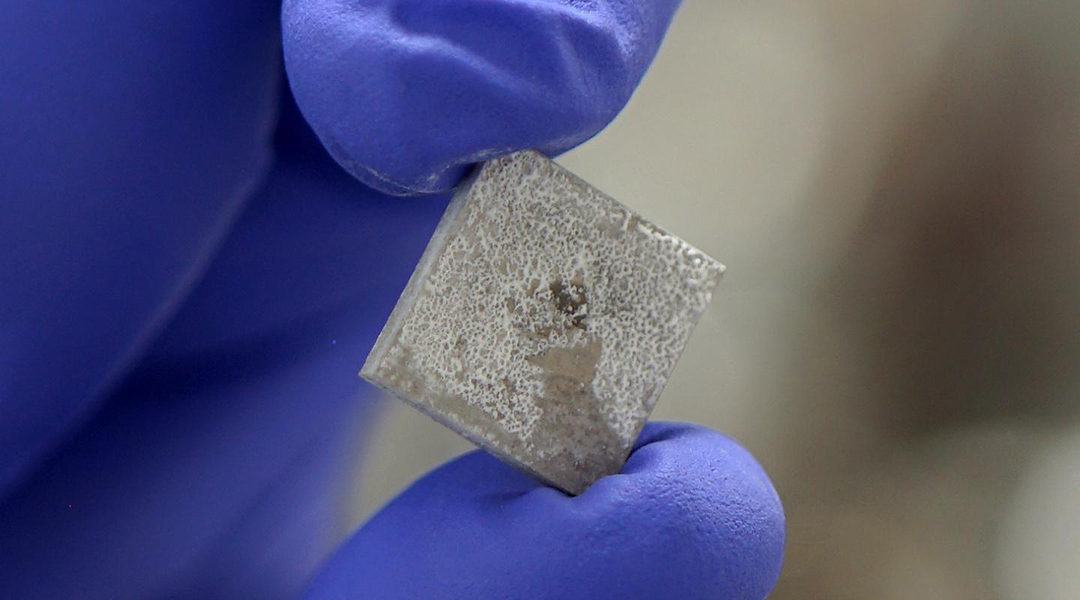
Superior coating performance achieved compared to existing clinical products, allowing better artificial bone synthesis and coating on the surface of metal and polymer materials.

Nanoparticles are not new; bacteria have been making them long before we had a language to name them.